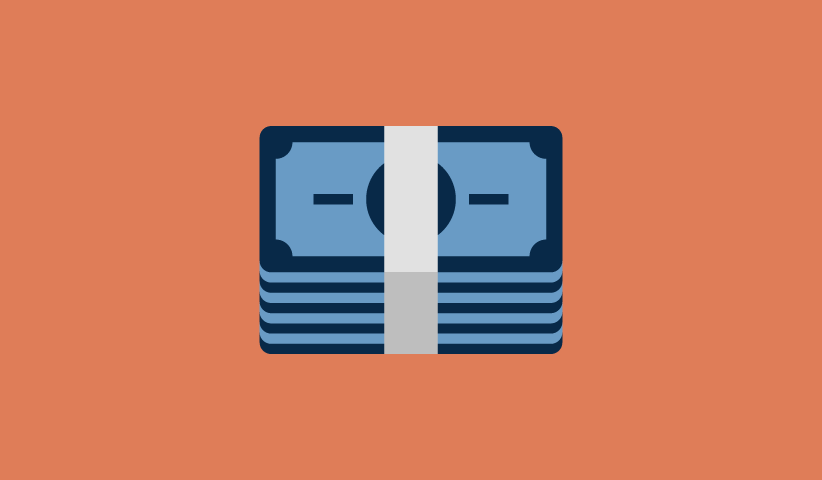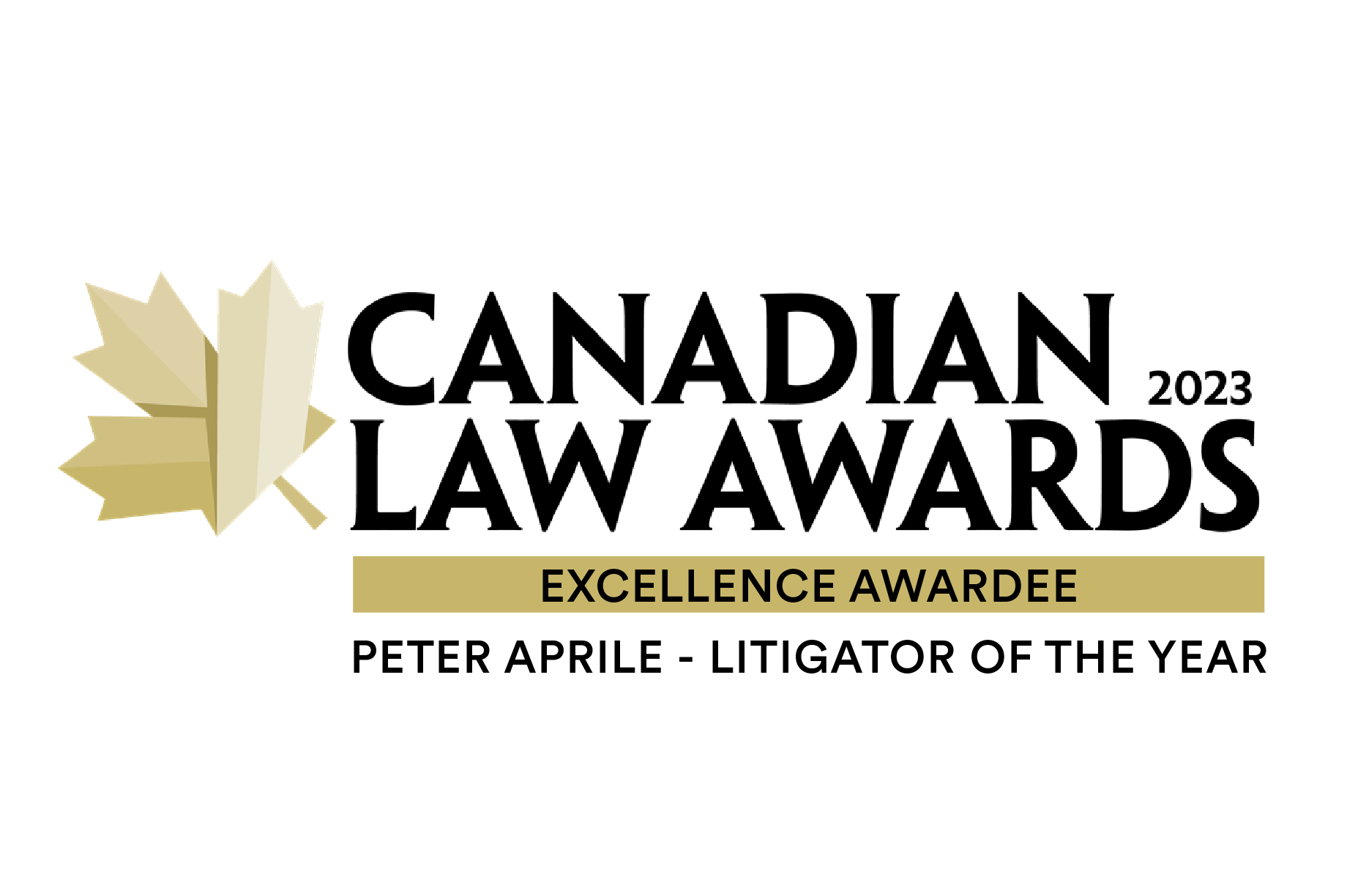
Tax disputes with the Canada Revenue Agency (CRA) present a complex challenge for individuals and businesses alike. Understanding the interplay between audit, objection, appeals, and collections processes is essential for those seeking to protect their financial interests while navigating these disputes.
This article aims to shed light on strategic approaches and critical considerations for managing tax disputes and CRA collections, tailored for mature and successful businesses and high-net-worth taxpayers facing significant tax disputes.
Strategic Payment of Disputed Amounts:
Deciding whether to pay a disputed tax amount involves strategic considerations. Such a payment does not imply agreement with the CRA's assessment nor does it admit fault. It is a tactical decision that can prevent the accrual of interest during the dispute resolution process. Importantly, this decision has no bearing on the validity of your dispute or the eventual outcome.
Understanding Jeopardy Provisions:
The CRA's use of "Jeopardy Provisions" underscores the potential urgency of collection actions. These provisions allow the CRA to seek court permission to collect taxes even during an ongoing dispute, under certain conditions. Awareness of these provisions is crucial, as they highlight scenarios where the CRA might prioritize immediate collection, posing a significant consideration for tax dispute strategies.
Caution Against Asset Transfers:
Asset transfers to closely related parties at less than market value can attract CRA scrutiny and potential penalties. Such transactions, often intended to protect assets, can instead result in significant tax liabilities for both the transferor and transferee. Understanding the legal landscape around asset transfers is key to avoiding unintended tax consequences.
Reducing Legal Fees through Proactive Measures:
Engaging with the CRA's collections department can be a challenging and resource-intensive process. Proactively managing parts connected to your tax dispute can help reduce legal fees and focus resources on overturning the underlying reassessment.
Conclusion:
Successfully managing CRA tax disputes and collections requires a deep understanding of the legal and strategic considerations involved. Mature and successful businesses, as well as high-net-worth individuals facing significant tax disputes, benefit from a deliberate and informed approach to these challenges.
....
A Note on Our Practice: Please note that our firm focuses on providing comprehensive support for significant tax disputes involving mature and successful businesses and high-net-worth individuals. We do not accept cases solely focused on resolving CRA collections issues. Our commitment lies in delivering premium, strategic advice and representation to navigate complex tax disputes, reflecting our dedication to excellence and the high standards of our clients.

.jpg?width=120&name=Counter%20Tax%20Litigators%20Logo%20Stacked%20(MidnightBlue%20on%20White).jpg)












.png?width=400&height=400&name=CT-How_Can_We_Help-22_july_NewGraphic_b(small).png)

.png?width=1386&height=1224&name=2025%20Legal500%20Elite%20Boutique%20Award%20(Badge).png)
.png?width=1386&height=1224&name=ITR%20Finalist%20Practice%20Leader%20of%20Year%20Peter%20Aprile%202024%20(Badge).png)
.png?width=1386&height=1224&name=2025%20Legal500%20Leading%20Firm%20Client%20Satisfaction%20Award%20(Badge).png)





.png?width=1386&height=1224&name=ITR%20Tax%20Innovator%20Finalist%202024%20Award%20(Badge).png)
